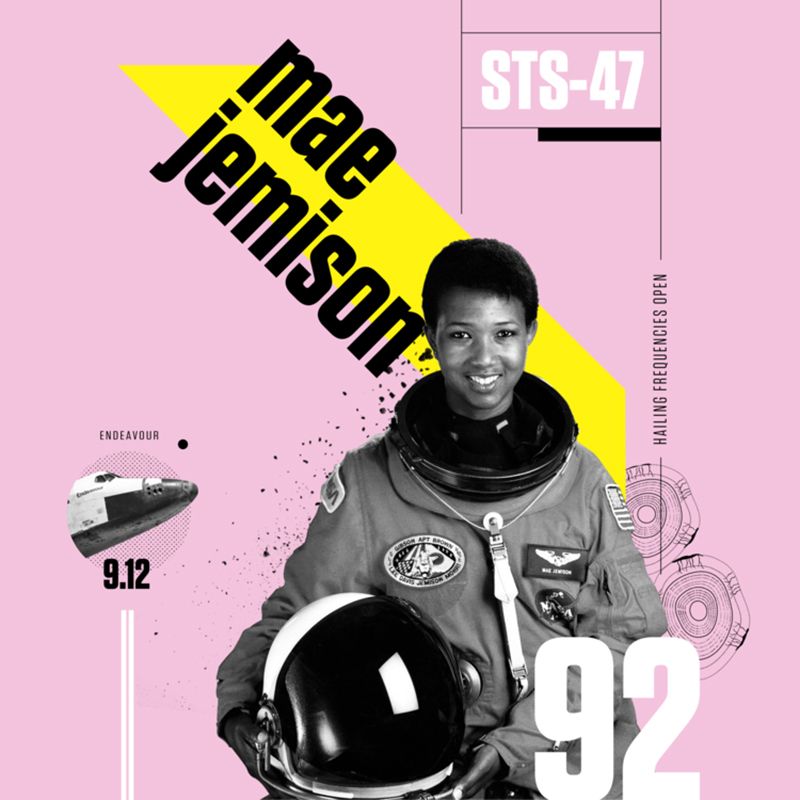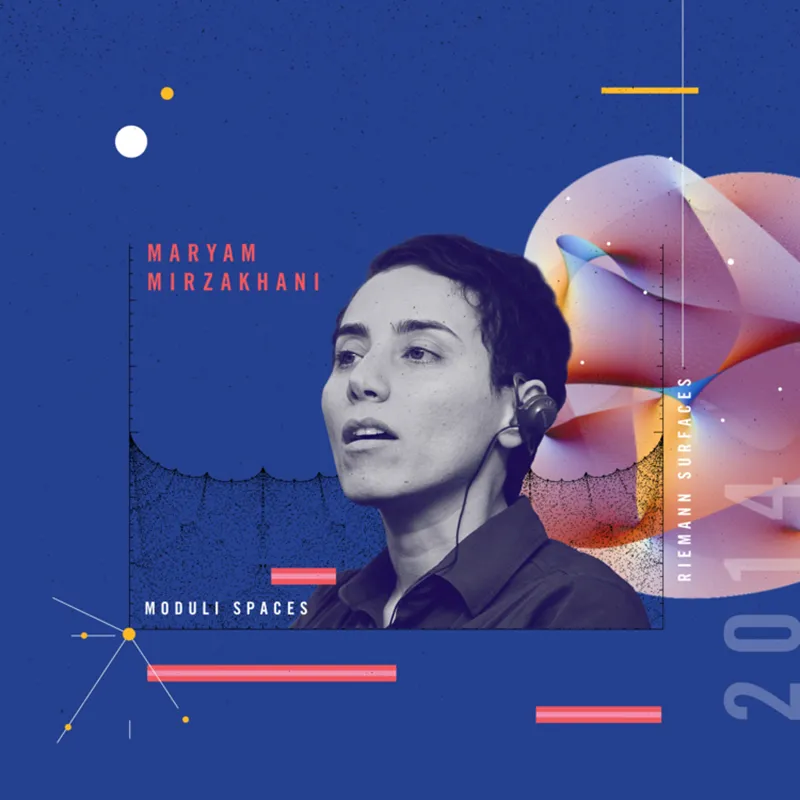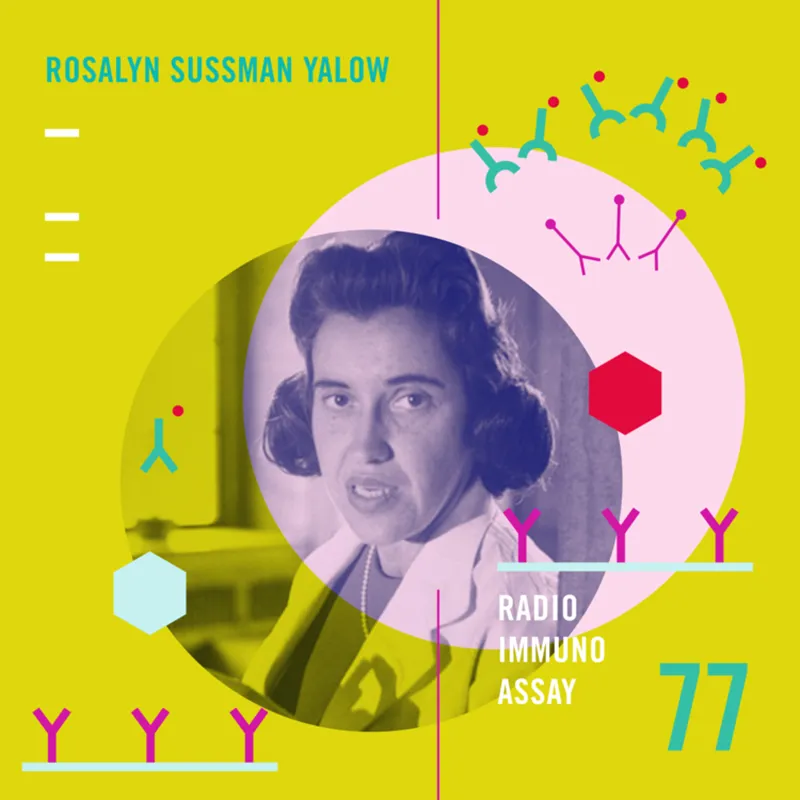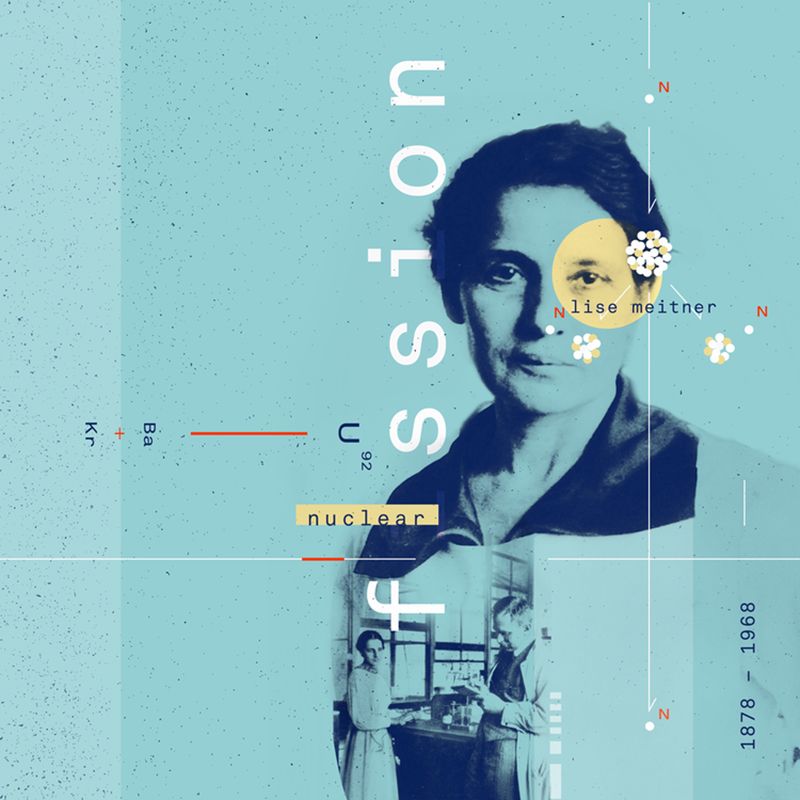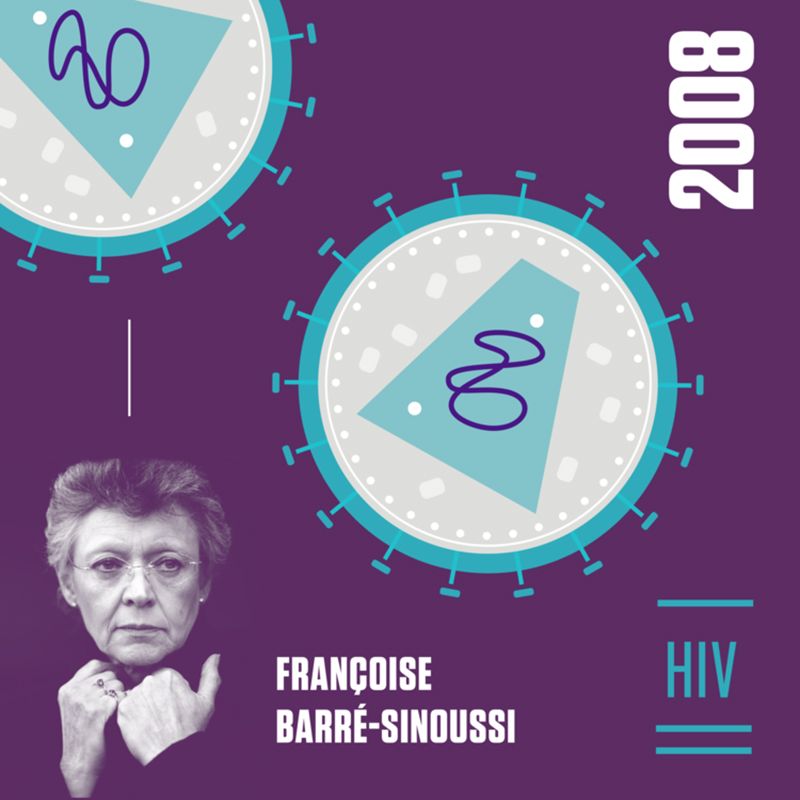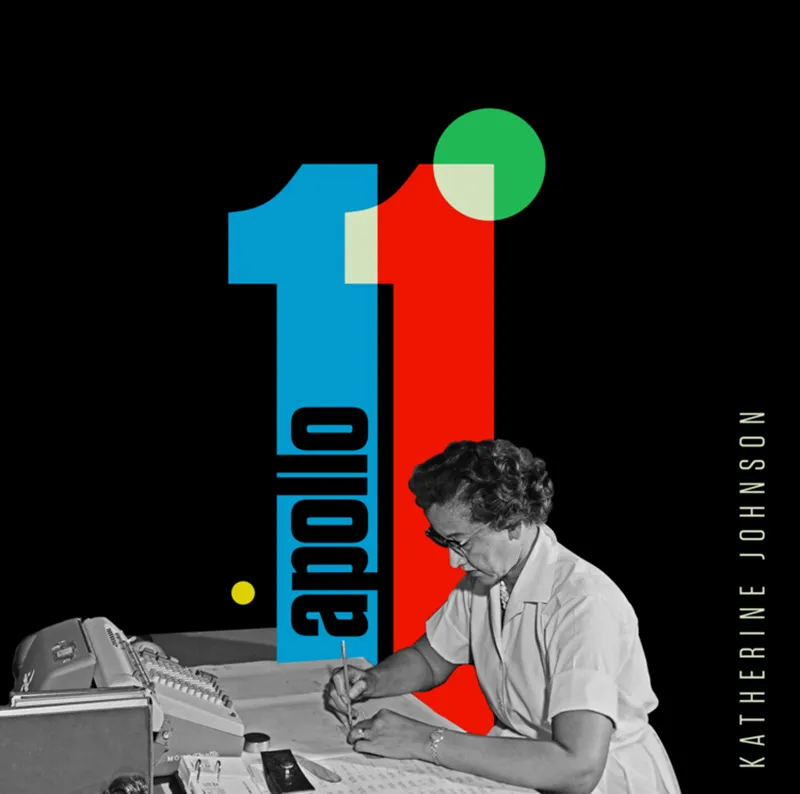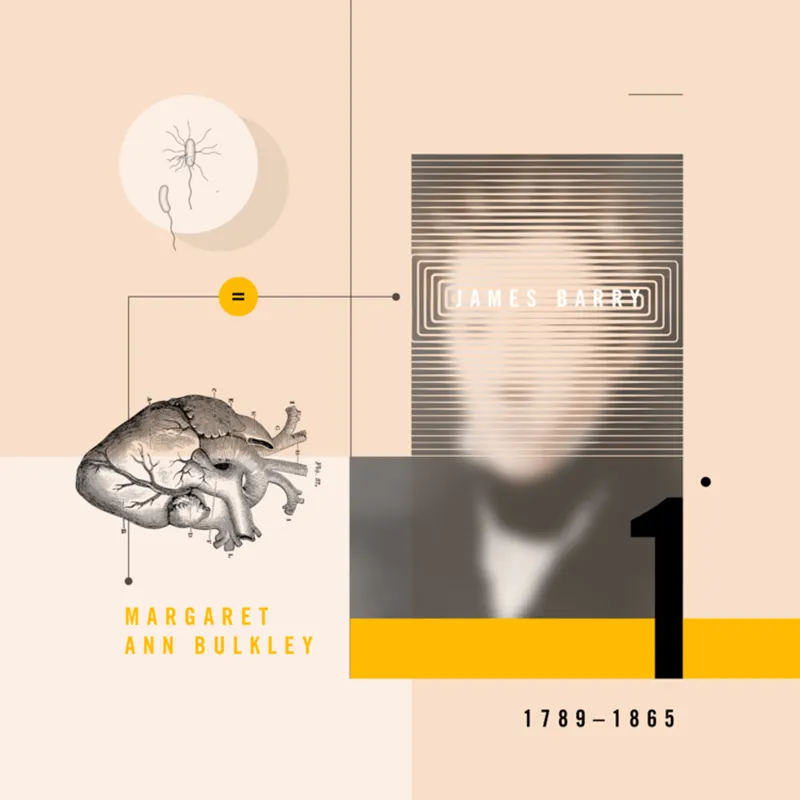These Bold Illustrations Celebrate the Incredible Contributions of Women in Science
A designer’s touch brings the achievements and faces of female pioneers to a wider audience
Ask the average person to name a famous scientist and they might recall Charles Darwin or Albert Einstein, titans from history. Or, if they are thinking more currently, they might name astronomer Carl Sagan, pop astrophysicist Neil deGrasse Tyson or linguist Noam Chomsky. Chemist and physicist Marie Curie may even make the list, but how many scientists who are women spring easily to mind?
It was a woman, after all, who discovered the human immunodeficiency virus (HIV), which causes AIDS. That was French virologist Françoise Barré-Sinoussi, co-winner of the 2008 Nobel Prize in Physiology or Medicine. A woman also coined the term "computer bug" and led the team that developed the first computer language compiler—a program that translates human-created programming language to machine language the computer can understand. That was Grace Hopper, a computer scientist and U.S. Navy rear admiral.
Women have made many fundamental contributions to science, technology, engineering and math—the STEM fields—but too often either chance or bias keeps them from achieving the acclaim of their male peers.
Neuroscientist and designer Amanda Phingbodhipakkiya wants to change that. With her project "Beyond Curie: Celebrating Badass Women in Science," she aims to elevate the visibility of 16 Nobel Prize winners and 16 other "lady bosses who have accomplished extraordinary things," she writes.
"'Beyond Curie' is a celebration of the rich history of women kicking ass in STEM fields," she says. She is giving 32 women an illustration that features their portraits as well as images and design elements connected to their groundbreaking work.
The images have strong, clean lines and bold colors. Phingbodhipakkiya explains that including the women's faces was important to her. She wanted to show the human side of science.
The project’s launch coincided with Women's History Month, but its relevance is evergreen. Although great strides have been made in gender equality in the past century, sexism still tips the scales against women.
A study published in October 2016 revealed that women in geoscience were half as likely to receive excellent recommendation letters as men. Scientific journals disproportionately choose men to review articles to be published by other researchers, an important career-building activity for scientists. In 2013, Nature pointed out that even though about half of those earning doctorate degrees in science and engineering are female, only one-fifth of full professorships are held by women. Persistent pay inequality, a lack of role models to emulate and unconscious bias in hiring are just a few potential causes, writes journalist Helen Shen for Nature.
For women of color the barriers to a career in science are even higher, according to a 2015 report. Also, even with greater public acceptance in the U.S., many LGBT scientists are reluctant to come out in the workplace, reports M. Mitchell Waldrop for Nature.
The message of findings like these is that representation is important. "We need to show everyone that our world was built by brilliant women, not just by men, and by people of all backgrounds," Phingbodhipakkiya says.
The designer leverages her own background in science and research to inform and inspire others. After the 2016 election, she felt a keen need to use her expertise and came up with the idea for this design project. "Visibility for women in STEM is so important, especially now," she says. "The project is a way to inspire the next generation of girls to go into a STEM field. It is a way to remind everyone that there are extraordinary women out there."
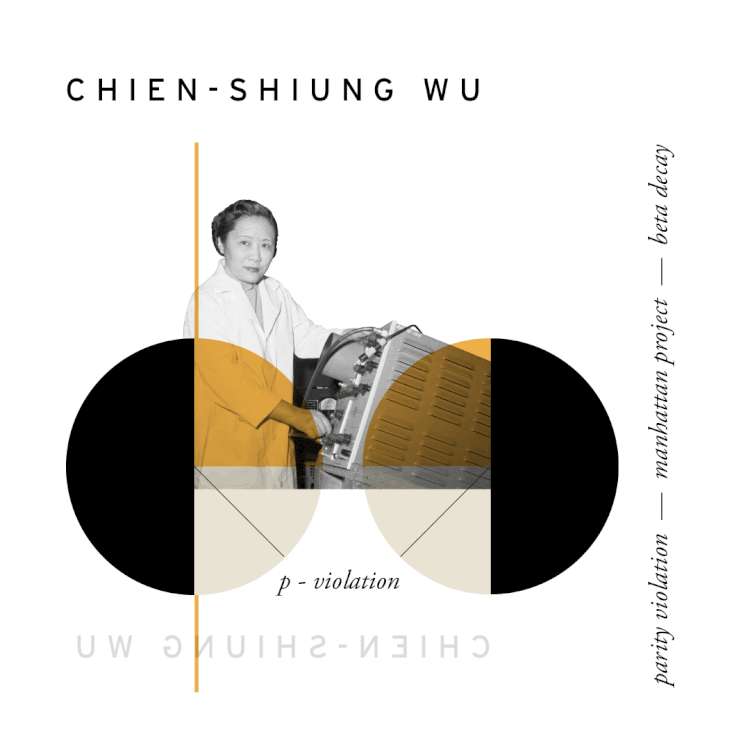
On the project's website, short biographies detailing each woman's triumphs and challenges accompany a page dedicated their illustration.
In one illustration, Katherine Johnson, the "human computer" whose achievements were recently portrayed in the movie Hidden Figures, bends her head intently over her calculations. Behind her the number 11 rises triumphantly into a black background like a rocket taking off. The number is inscribed with the word "apollo" to pay homage to Johnson's calculations, which were critical to the 1969 Apollo 11 mission to the moon.
Barré-Sinoussi gazes intently from the corner of her illustration, sharing space on a purple background with stylized representations of the virus she discovered. Chinese-American physicist Chien-Shiung Wu looks just past the viewer with the barest hint of a smile in her illustration, flanked by three vertical lines of gold and two dark spheres that hint at the elegant experiments she designed to help prove how at a subatomic level nature is not quite symmetrical.
Phingbodhipakkiya combed the Internet for good images to go with her illustrations and then created a kind of digital collage using Adobe Photoshop and Illustrator. She tried to find portraits of the women when they were making their discoveries.
The "Beyond Curie" message resonated. On Kickstarter, 602 people supported the project, raising more than $32,000. Phingbodhipakkiya pledged that every dollar raised above her own production costs would go toward the Association for Women in Science.
Supporters wrote to Phingbodhipakkiya as the Kickstarter campaign played out. She shared some of those responses:
"[W]hen I saw your project, I couldn't think of many female scientists beyond Marie Curie and that hit me like a punch to the gut," wrote a veterinarian studying for her doctorate in pathology. "It shocked me, it made me sad and then, it kinda made me angry! Projects like this make me proud to be in science." She added, "I've heard of many of these women's discoveries, but not that it was a woman who did it."
Another wrote that she had been working as a computer programmer for more than 25 years. "Even after all these years, I desperately need to be able to know these women, as my own inspiration to keep going," she said.
Phingbodhipakkiya says these messages buoyed her as she crafted each illustration. Before the campaign ended, she had already posted 20 of the 32 illustrations to her Instagram.
Six illustrations are featured as posters and include text about the upcoming March for Science. The march, planned for April 22, has a plethora of stated goals, writes Ed Yong for The Atlantic. But the themes include the intent to celebrate science, advocate for its funding and inspire future investigators, inventors and researchers, including those from "historically underrepresented groups."
"Design was such a big part of galvanizing people to come out for the Women's March," Phingbodhipakkiya says, referring to the posters marchers toted for the January 2017 march and the visual impact of thousands wearing knitted pink hats. She hopes people will download and carry her women in science posters for the upcoming demonstration. "Design can change behavior," she says.
The 32 illustrations of "Beyond Curie" will live online once Phingbodhipakkiya completes them. She's also looking into possibilities to have a physical exhibit, a book or a multi-media collaboration to make sure more people can meet these hardworking female pioneers.
"I think having a room full of these women looking back at you would be really powerful," she says. "The portrait of a woman is just as important as the portrait of a man."
Visit the completed illustrations and learn more about "Beyond Curie" at the project's website.
